In recent years, there has been a lot of talk about algorithms and their tendency to limit our digital freedom. Realizing how algorithms can influence our reality, specifically politicize us, and even be racist is not necessarily pleasant and fodder for dystopian fantasies of the future. In the crosshairs of criticism are mostly the big social networks like Facebook, Youtube, TikTok or most recently Twitter, but also political institutions like the European Union on the topic of upload filters.
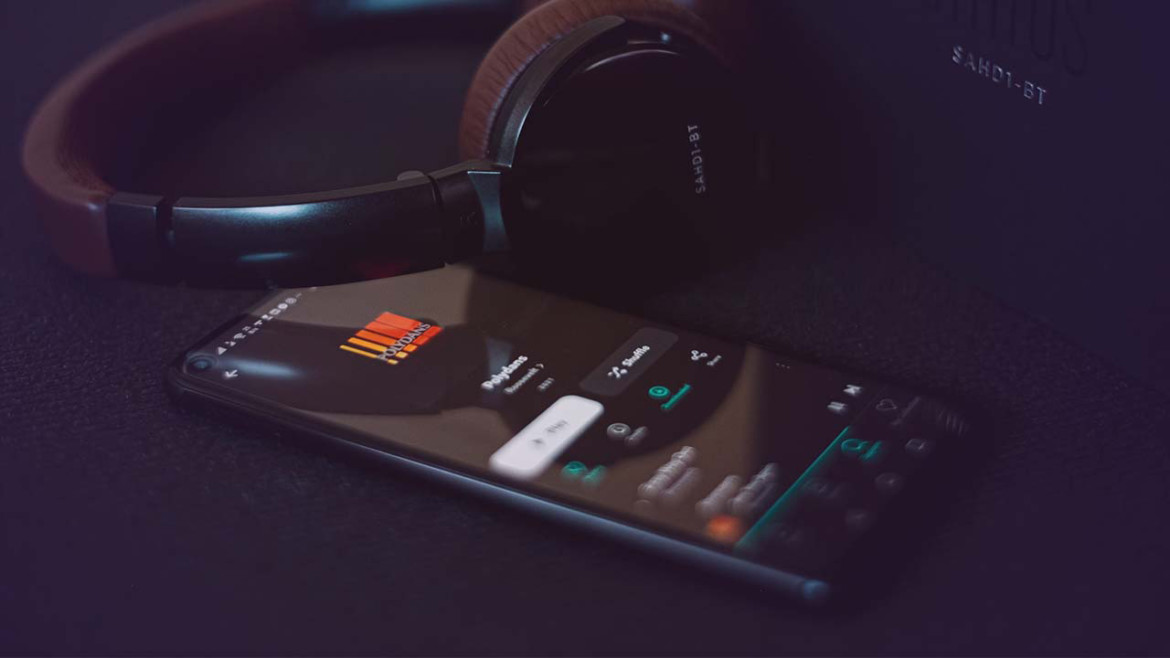
© Viktor Forgacs
Another such accusation is currently circulating, targeting Spotify’s algorithms and accusing them of restricting artistic freedom. The “tracks” format of the German-French culture channel arte also dealt with this issue and brought the accusation to the attention of the mass media. The company dictates the arrangement and structure of the songs to the music creators. The algorithm favors short pieces of music under three minutes without intro, structure and outro. Anyone who doesn’t adhere to this, the accusation goes, doesn’t find a place on Spotify, and the resulting “always the same” devalues the work of the music creators per se. So far, so bad. But can we already speak of a restriction of artistic freedom here?
FREEDOM OF ART ON DISPLAY
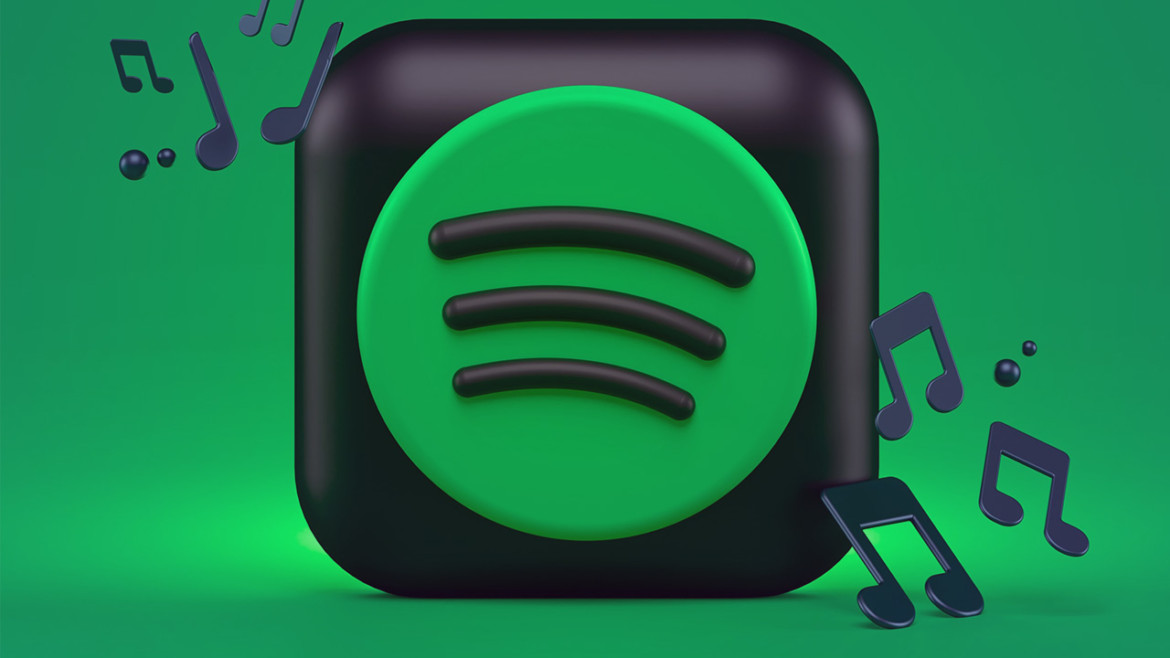
© Alexander Shatov
Spotify has been criticized since its launch in 2006 because very few artists can make a living from their streams. The Swedish company pays just 0.28 cents per stream, the lion’s share of which goes to the labels and not to the artists. The problem is not new; fair payment for music creators has always been an issue in the music industry. On average, only 11 percent of revenues reach the artists. In the streaming sector, the problem becomes even more acute. With the concept of artistic freedom at stake, this criticism is now being rolled out anew.
The algorithm, which suggests new music to users and places certain songs in playlists, prefers short pieces between 2:30 and 3:00 minutes, ideally starting with the hook, i.e. the chorus, so that listeners are immediately thrown into the highlight of the piece. In this way, they should not switch off early, which is to be prevented at all costs. This is because Spotify considers the basis for billing to be given only after 30 seconds of playing time. If it is switched off before then, the stream does simply not count. This is a fatal mix for both music creators and musical diversity. Those artists, making a living from their music or would like to make a living from it, and who justifiably criticize this policy, see themselves subjected to a dictate that restricts their creative freedom.
STREAMING IS THE NEW RADIO
But ultimately, that new media offerings prefer or even demand different formats is not a new phenomenon either. Shorter songs are not a development of the streaming age , but it already began with radio. While songs in the 1980s were on average 4:30 minutes long, in the 90s there were the so-called radio edits, which were no longer than 3:30 minutes and still are today. Again, intros and outros were shortened or cut out altogether and the hook was given much more focus. Otherwise, radio stations won’t play the tracks; at least not in prime time between 6 a.m. and 8 p.m.
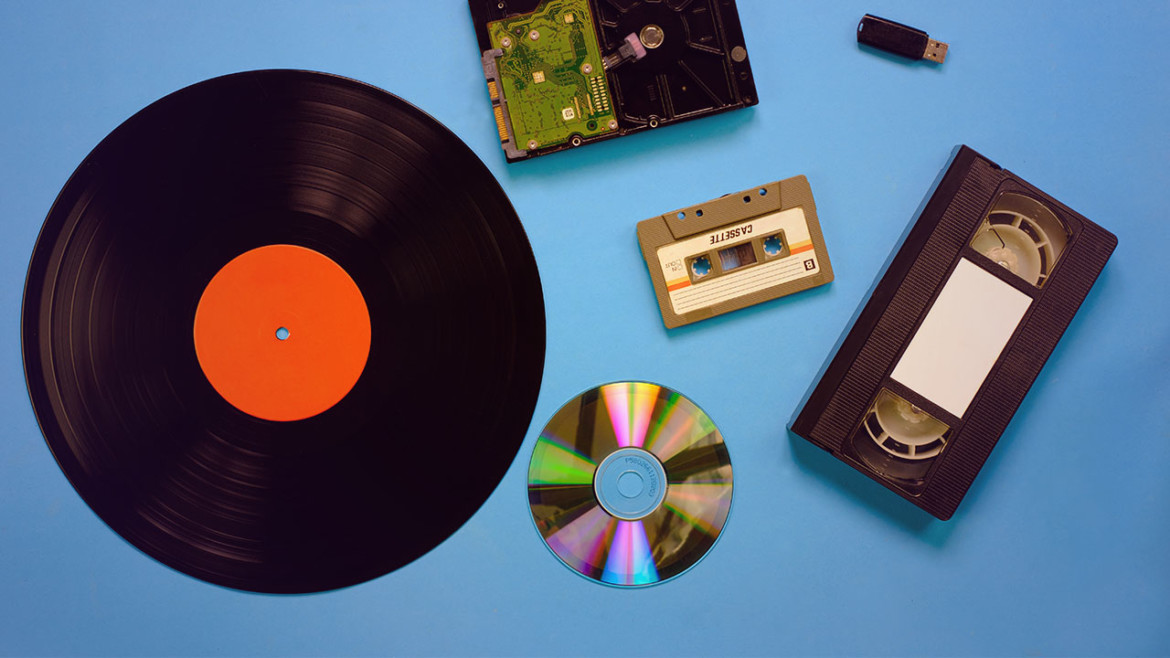
Sound carriers are not entirely innocent here either, even if the effects are comparatively harmless and the following are rather fun facts. A record cannot be infinitely long and the sound quality is not the same at every point, since the grooves can be a bit wider at the beginning than at the end. So it was clear to put the really crucial tracks of an album at the beginning, to pick up the listeners right at the beginning with the best sound and to make them buy.
And when the CD got on the market, its capacity was also a decision of the then vice president of Sony, which could have been different. According to the legend, Norio Oga wanted to be able to listen to Beethoven’s 9th Symphony in one piece, which was not possible on record without turning it over in between. The technicians therefore oriented themselves to the longest version of the piece and designed the CD so that exactly 74 minutes fit on it. Longer works and concept albums had to make way for the double CD. And even when David Bowie released the almost 10-minute song “Blackstar,” there were rumors that the only reason it didn’t exceed the 10-minute mark was so that it could be purchased on iTunes as a single song, since longer pieces are only available with the complete album.
IS THERE A LIMIT TO ARTISTIC FREEDOM?
Artistic freedom is one of the most strongly protected fundamental rights in Germany and represents an important basis for the work of creative artists and content creators. Again and again, there are discussions about this fundamental right and where its possible limits lie or whether there should be any. Recently, the piece “Das ist alles von der Kunstfreiheit gedeckt” (This is all covered by the freedom of art) by Danger Dan or the invective poem against Erdogan by Jan Böhmermann were discussed very prominently. What is not covered by artistic freedom, however – it has to be said so honestly – is a right to fair monetization of creative content.
Spotify does not restrict artistic freedom in that the algorithm does favor certain music and ensures a uniformity in the playlists, which is not nice and makes monetization more difficult, but it does not ban or censor content in this way. Rather, the criticism is directed at a general problem of the music industry, whose players now include Spotify, and extends this very problem into the digital space and the streaming sector. This does not make it any less problematic, but the concept of artistic freedom seems somewhat out of place here.
The devaluation of music, as driven by Spotify, also has a question mark attached to it. In an article on Deutschlandfunk, the British cultural scientist David Hesmodhalgh points out that, according to psychological studies, the majority of people consume music only incidentally and generally don’t remember what was listened to at all. The group of people who love music and maintain intensive relationships with it and invest money is therefore much smaller than this part and also the musicians would wish. In this respect, it must also be asked whether Spotify’s algorithm has not also learned from user behavior or whether there is a cyclical causality here. In other words, whether the algorithm prefers the songs that the majority of users actually listen to, because they don’t really care what they listen to and don’t spend much time deciding. It is therefore also the users who are part of the problem. That doesn’t make the algorithm any better, but it does make it at least economically understandable.
FINDING YOUR OWN NICHE

In the digital space, there are also some positive examples beyond the big streaming platforms, where artists are not only valued, but also paid fairly by their fans. With Bandcamp, we have already presented such an example, which has turned out to be a blessing for many artists, especially during the pandemic. In the last 30 days (as of 10/27/21), $15.9 million was spent here on music and merch, a very large portion of which remains with the artists. Patreon would be another example, where fans can support artists directly and get exclusive content (not only music), which is e.g. used by Judith Holofernes quite successfully. The real lovers of music and art use such niche offers and are also willing to pay artists fairly for their content.
It is not easy to monetize your own creative content. The algorithms of Spotify or the other companies are certainly no help here. But they are not changing the business to the extent that people like to claim. The major music business has always been kind of unfair. For example, when a major label simply bought its own recordings in order to get into the charts and from there into the hot rotation of radio stations, which in turn led to even more recordings being sold. Or when whole sound carriers are exclusively signed, but never released, because another, similar sounding artist is given priority. This has always been about business and not about the music. The streaming providers are just new players in this field, writing new rules within the traditional structures. Criticizing them again and again and pointing out the sometimes problematic structures of the creative industries (the music industry is not an isolated case here) is enormously important.

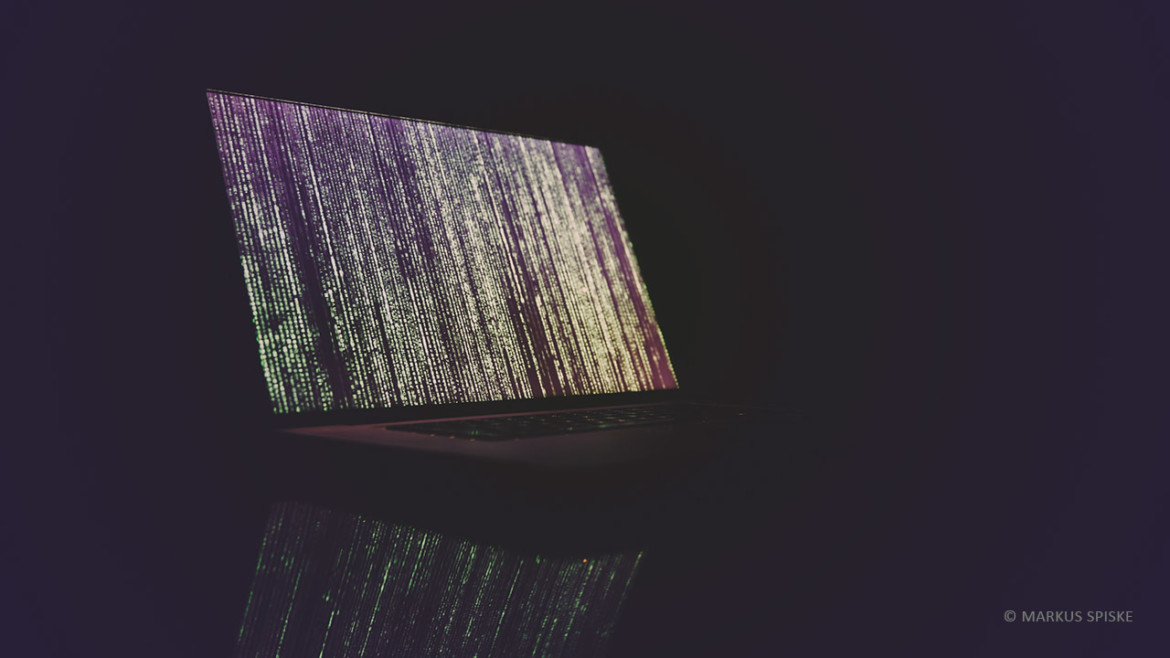
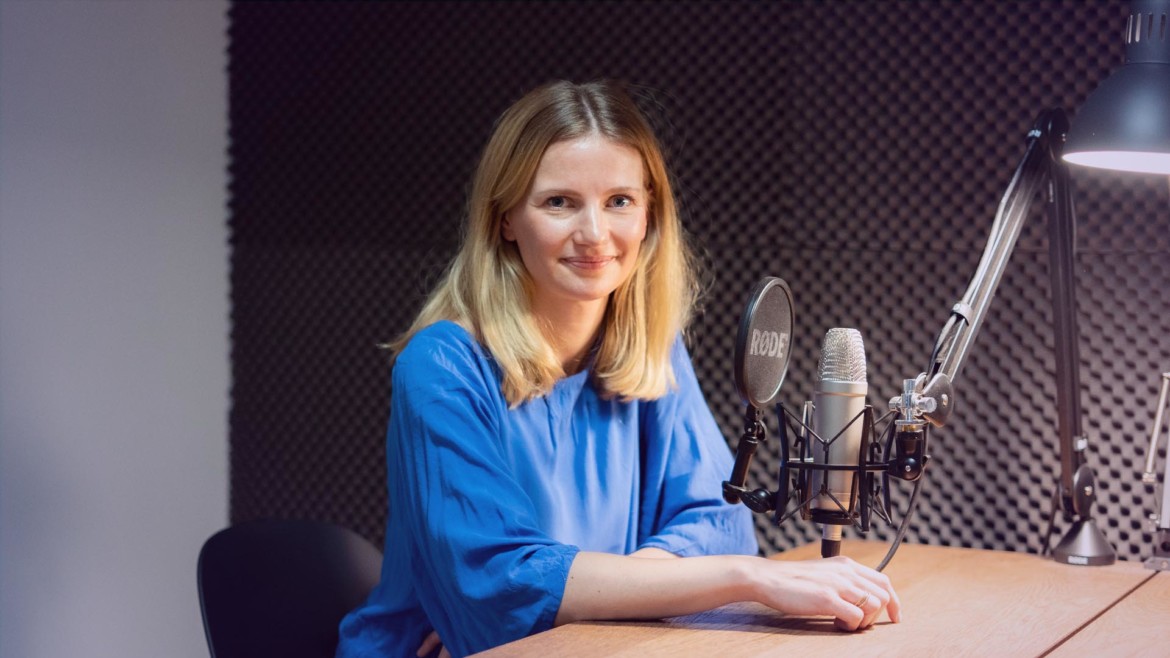

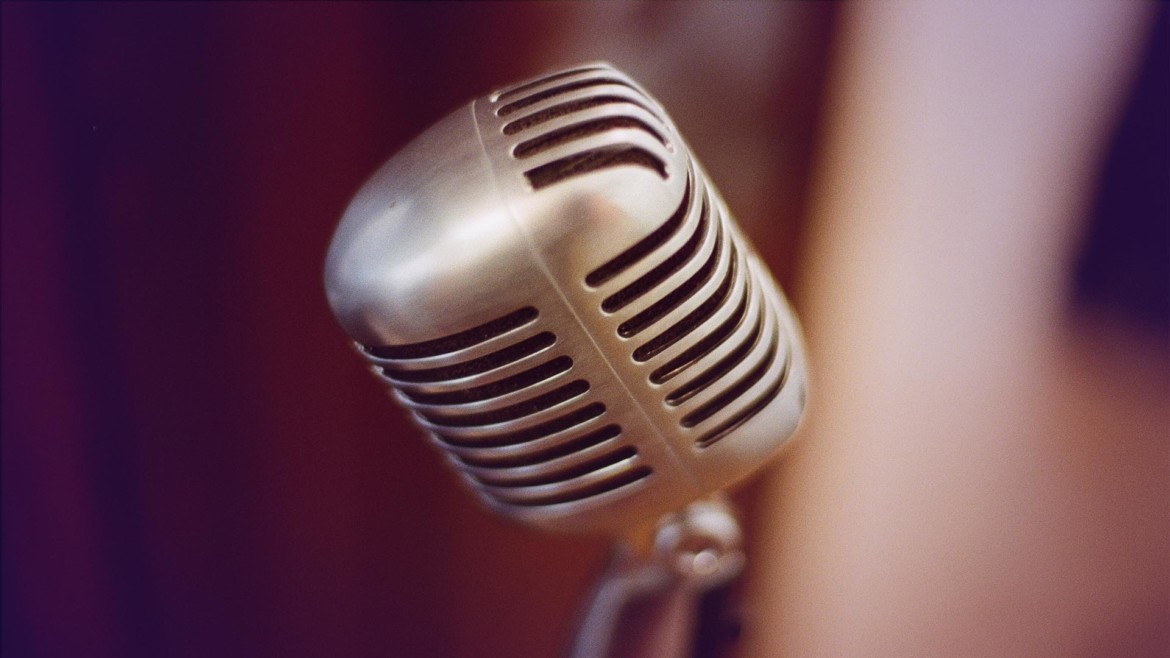

Leave a Reply